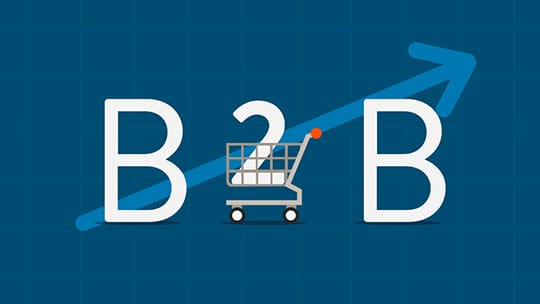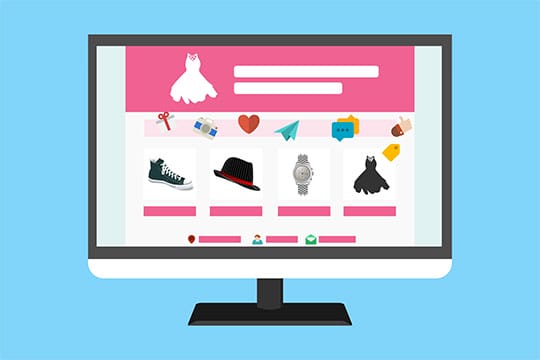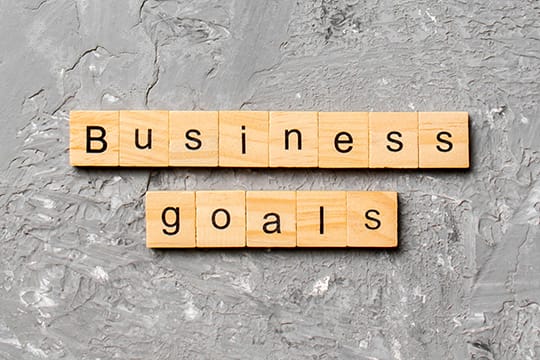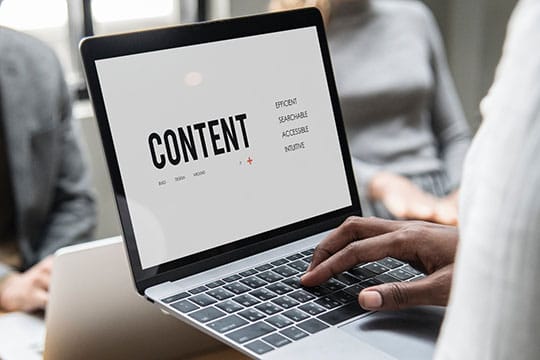It’s always a matter of choice which website design will attract more to the clients. If we talk about B2B (Business to Business) clients, their decision stands upon functionality. Besides, if we talk about B2C (Business to Business) clients, the decision depends upon the appeal and looks.
The websites of both B2B and B2C (Business to Consumer) must be simple, precise, and esthetically pleasing. They should always focus heavily on user experience and must work consistently across devices. Knowing the difference between B2B and B2C projects will always help the designer deliver better results to your customers.
In this article, I am going to tell you some secret techniques that will help you to crack any deal with your B2B or B2C clients. Let’s start!
First of all, you need to develop a design plan depending upon your client’s choice; for that, you need to understand the fundamentals of web design.
The Fundamentals of website design

- The design should be an attention seeker.
- The entire site should be quickly loaded (not more than 2 seconds).
- Content should be crisp & precise.
- The user interface should be easy and understandable.
- The menu & page link should be fresh & clear not very complex.
- Personalized flavors like customized chatbot options should be used as a favorable one.
Recommended for you: Modern B2B Website Design Tricks to Make it Successful in 2020.
Features of B2B & B2C

- The B2B pathway from knowledge to purchasing interest appears to be a lengthier route than the B2C journey. B2B sites would also inevitably need to have more in-depth information (for example, white papers) and connection to resources.
- B2B services and goods also come at a considerably premium price than those on B2C websites. The buying spree here, again, is not likely to be quick. Purchasing would usually require individual modifications, and negotiations will also be required for the final price.
- Usually, B2C websites want to create prompt awareness and safeguard the selling in the time of visit. B2B sites rely more on partnership growth than sales. B2B business on-site is not normally reciprocated; B2C is.
Remember, Customer needs and client needs continue to vary. As such, the amount of information between the B2B and B2C pages, and the UI and design requirements are not consistent.
How to design B2B Websites?

Users on a B2B website need as much information as they can. Until transforming, the user must have complete trust in the website. When you don’t have useful details on your website and look worthy of trust, your conversion levels will drastically decrease.
When it comes to a B2B website, it is far less critical to have a sleek style. The layout should be more reliant on the functionality and details, ensuring the user is kept updated on the website during their digital trip.
Also, the architecture must include many Calls to actions and not just one type. There should be a little bit of everything in your CTA’s: live chat, contact details, voice mail, and email address. Designers CTAs have to have some personal engagement.
How to design B2C Websites?

While constructing a B2C website, you must ensure that the content strategy is compatible. The site would require exciting and convincing titles. Short yet customer-friendly. Since the consumer isn’t searching for a massive amount of information, you don’t want to overwhelm content to the website. Marginal content will do the stunt and attractive images.
Well, think these concepts are not enough! Want to know more intrigued secrets? Let’s mark those point to point: –
Audience Specification

It’s crucial to have the final-customer in mind in any design project. Identifying the target audience of your client will help you develop an impression and a manner of speech that connects to the relevant players.
In the case of B2B
For B2B websites, you’re going to be talking to several highly qualified individuals who already have background understanding. The purpose here is to inform the average citizen on how to help them achieve more significant benefits. For example, m.io highlights “linking interactions” so clients can chat with their squad in an effortless way.
The website language and content are about showcasing the main advantages of the products and the types of rewards they can offer. For example, The Nielsen Norman Group states that whenever they seek out a B2B website, there will always be a lot of conversation between decision-makers.
In the case of B2C
Whereas B2B consumers make decisions based on facts, knowledge, and distinct advantages, B2C buyers are more emotionally influenced. They want fast solutions to their issues, and a chance to buy from a brand that “acknowledged” them.
You may like: B2B Content Marketing: 10 Best Strategies to Use in 2019-2020.
Specify the motive

The intent behind a consumer’s buying is another primary consideration that can vary from B2C to B2B websites. Understanding what drives a target market to engage with a brand aims to help you build a website that connects to particular objectives.
In the case of B2B
B2B websites also focus on solving costly, time-consuming business problems. To persuade a decision-maker on
a solution’s efficacy, it is vital to provide a detailed description of what the answer is, how it activates, and how
it solves a particular stress point.
In the case of B2C
In terms of emotional effects, users are much easier to cater to, as many of them go to a website hoping to satisfy an imminent need. For this purpose, many designers may reap the benefits of such things as necessity and demand to facilitate conversions.
A B2B website needs to concentrate on delivering knowledge that lets businesses make decisions with greater trust. What’s more, with B2B sites, multiple stakeholders often make choices, while B2C sites ask a single soul to make a decision. A B2C website attempts to explain urgent issues and provide interpersonal connections with clients. B2C customers would like to do their product or service testing, but the response is much quicker and needs fewer details.
Visual Appeal

Even though the aim of your website design and the user you’re designing the experience for will vary from B2B to B2C websites, that too can affect the visual elements of the plan.
In the case of B2B
In certain situations, the goal of B2B websites is to display an extremely competent and trustworthy profile. When it comes to typography and illustration you will find plenty of safe and consistent choices. Having a B2B website that takes chances in stuff like illustrations and animations, is rare.
In the case of B2C
B2C websites, and on the other hand, can be kind of something more aggressive. With so many options to choose from, and most consumers buying out of a sense of desperation or sudden desire, designers are under strain to catch quick attention. This means that on B2C pages, with so little text, it is much more likely to see large pieces of eye-catching images. Motions, such as slideshows and animations, also play a greater role here. In addition, there is a decent possibility you will be able to more vigorously explore with different colors.
Call to Actions

Call-to-action buttons are often an essential part of the ride to web design. But sometimes it’s hard to decide where they’ll be put, or even how many buttons you require.
In the case of B2B
Even with a B2B website, the intention to buy anything doesn’t always come instantly, these kinds of sites also use a number of CTAs. You can have a “Submit a Quote” button at the top of a page, for example, as well as a button Login.
In the case of B2C
On either hand, you don’t often need to allow your visitors as many choices with the B2C websites. A simple “Add to Basket” option, or maybe an additional “Add to Preference” option is all that your user would require.
Contents

The way in which information is transmitted on a B2B website is very different from the messages depicted on a B2C site. Typically, all can vary significantly from the terminology to the amount of information you use for these initiatives.
In the case of B2B
You’ll be extremely cautious with content when constructing for a B2B website because you’ll be communicating with a very melded community. If your platform is serving multiple sectors, you will need to make sure you demonstrate influence, without using too much jargon. Some businesses would also create various pages for specific customers on their site.
In the case of B2C
Alternatively, the B2C websites will simplify things a bit.
In both B2B and B2C websites, the content will always be aimed at answering any questions the end-user may have.
You may also like: Why Every Business Must Measure the Influencer Marketing ROI?
Final Words

In the end, be sure that no two clients are ever equal in the context of web design. Although you will need to customize your processes to match every customer you work with, knowing the differences between B2B and B2C approaches will set the goals in advance.
This article is written by Nj Roni from Creative Peoples.





